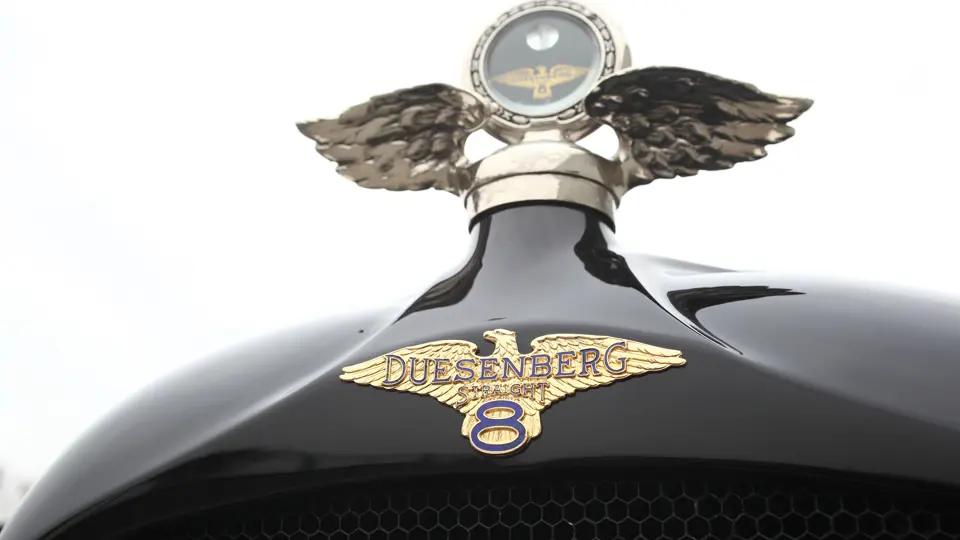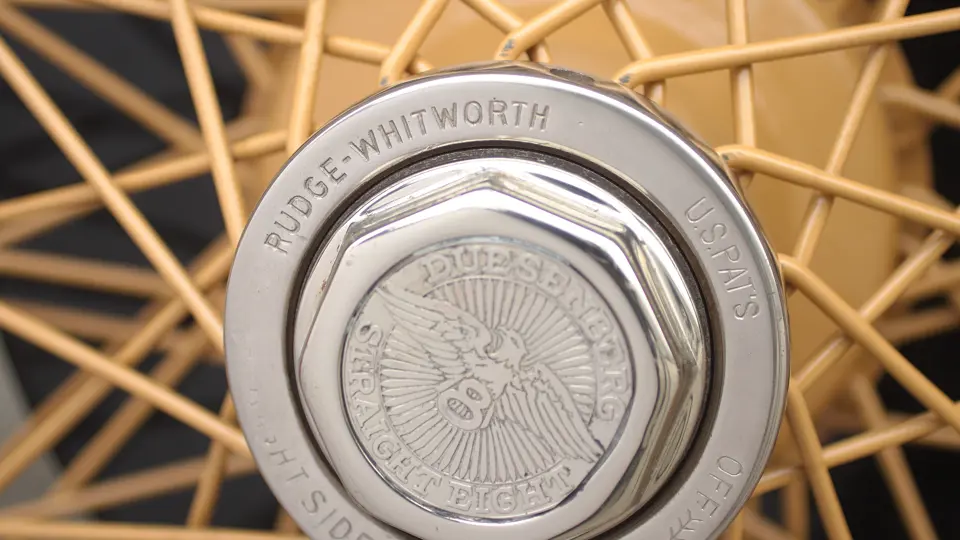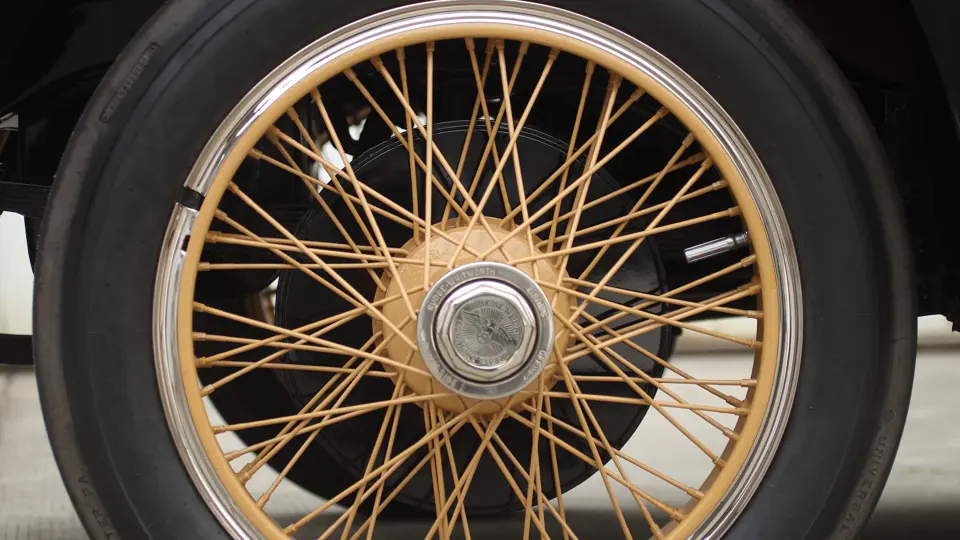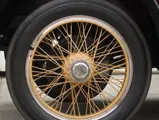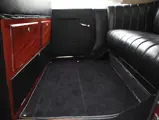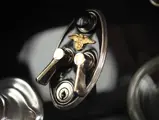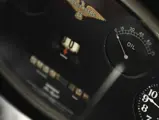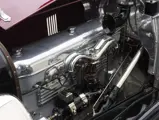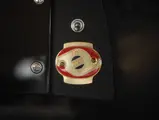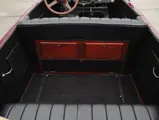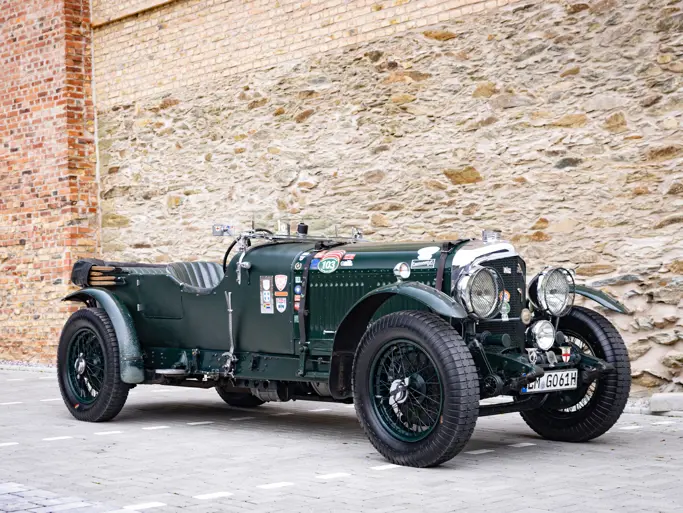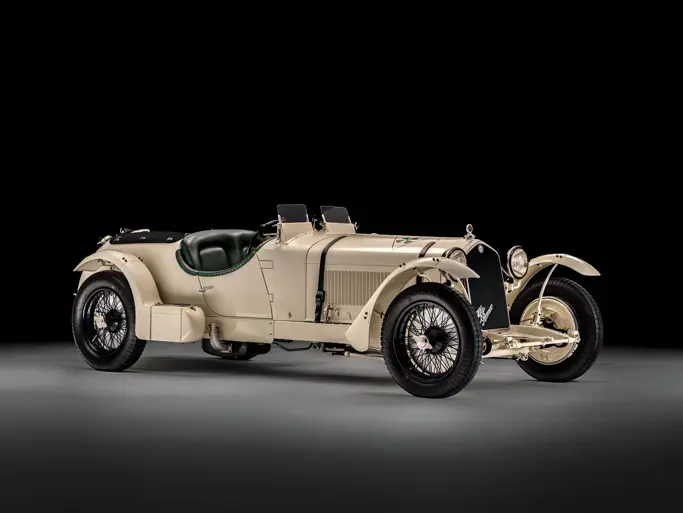88 bhp, 260 cu. in. SOHC inline eight-cylinder engine, three-speed manual transmission, solid front and live rear axles with semi-elliptic leaf springs, and four-wheel hydraulic drum brakes. Wheelbase: 134 in.
The Duesenberg brothers had been involved in other road cars before 1920, with the most famous of them being the Mason and Maytag automobiles, where their career had begun, and the Rochester “walking beam” engine, which was employed in such Jazz Age obscurities as the RoameR and ReVere. It was in November 1920, specifically at the New York salon at the Hotel Commodore, when the men who had birthed numerous successful racing cars finally put their own name on a passenger car of their own design.
The Model A was powered by a 260-cubic inch straight-eight engine that was developed with a single overhead camshaft to actuate two valves per cylinder, which resulted from Duesenberg’s experience winning at Indianapolis. The engine, producing 88 horsepower, was mounted on a ladder-style chassis frame of rather conventional design, and it had a three-speed sliding gear transmission and four-wheel hydraulic brakes. It was the latter that was the Model A’s real innovation, and it shared honors with the Rickenbacker and the one-off Colonial as one of the first American automobiles to be so-equipped. The Model A was swift and roadable, and it was as close as any 1920s automobile ever came to being a “driver’s car.”
Between 1921 and 1926, when it was purchased by E.L. Cord, the Duesenberg factory in Indianapolis produced some 500 Model As. Many were outfitted by Duesenberg’s favored coachbuilder of this era, Millspaugh & Irish, just as this classic, sporting five-passenger touring style is.
This Model A, chassis number 989, is believed to have been purchased from Dan Turner by John R. Hoggatt, an early enthusiast, in its hometown of Indianapolis. It was later acquired by well-known collector Homer Fitterling, of South Bend, Indiana, and along with the rest of Fitterling’s automobiles, it eventually passed to “carpet king” Ed Weaver, of Dalton, Georgia, in 1989. Following Mr. Weaver’s untimely passing in 1993, his vast car collection was sold at a landmark auction. The Duesenberg was then acquired by Bob Townsend, of Oklahoma.
Robin Onsoien, a second-generation member of a well-known California car collecting family, purchased the Model A from Mr. Townsend’s estate in 2004. He spent the next three years performing a complete mechanical restoration, and he also refinished the body in its present black and scarlet livery, fitted new black leather upholstery and a tan canvas top, and replated all of the nickel trim, with the addition of a clearcoat finish to protect the trim for the future.
Mr. Onsoien proceeded to drive his Duesenberg some 3,500 miles during four years of active touring all over the West Coast. It was honored with First Junior and First Senior awards at the Auburn Cord Duesenberg Club’s West Coast Meet in 2007 and 2008, proving its capability as a car that “both shows and goes.” Importantly, it has also been certified by the ACD Club as a Category One original car.
This iconic Midwestern automobile, which has been well preserved in its current ownership, is one of only about three dozen Model As in existence, and it arguably represents the purest form of the Duesenberg brothers’ vision for their automobile. It is perfect for CCCA CARavans and Auburn Cord Duesenberg Club tours and events, and it is offered here with considerable pride.
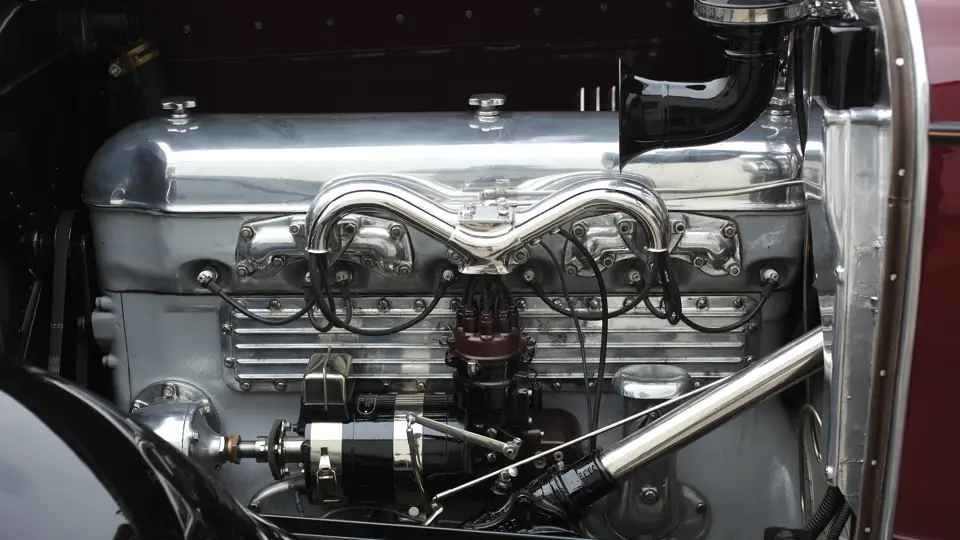



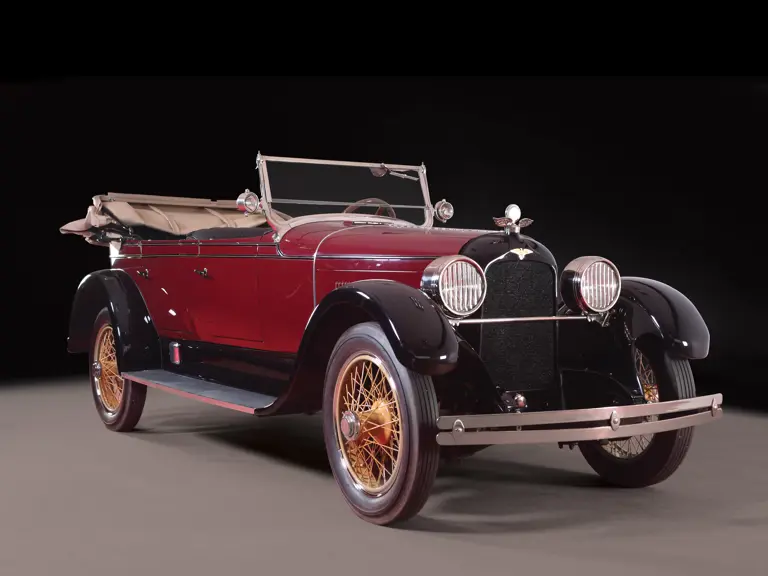
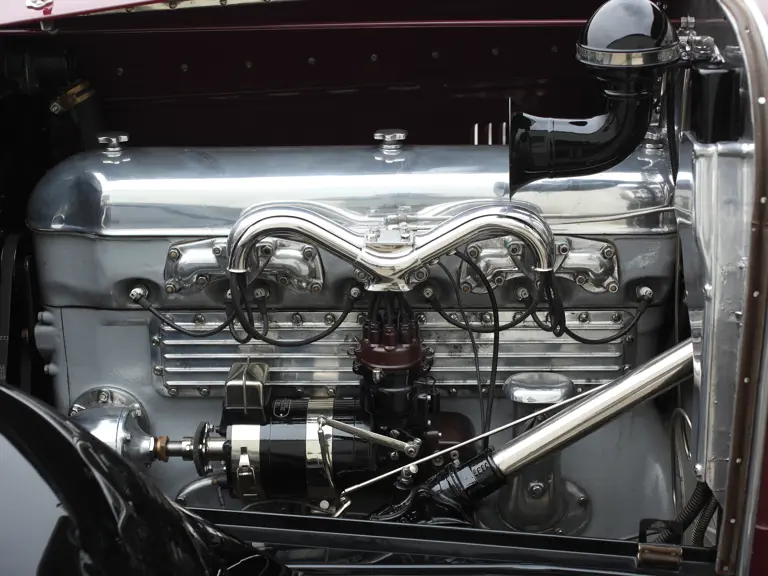
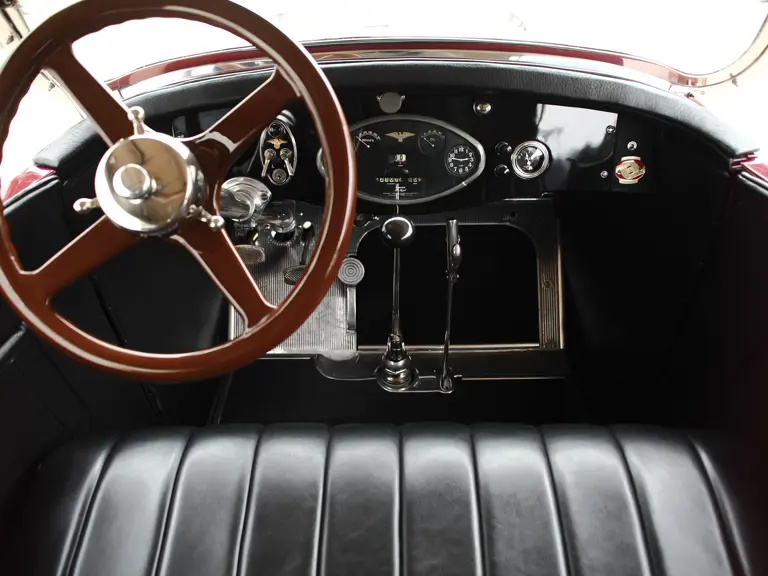
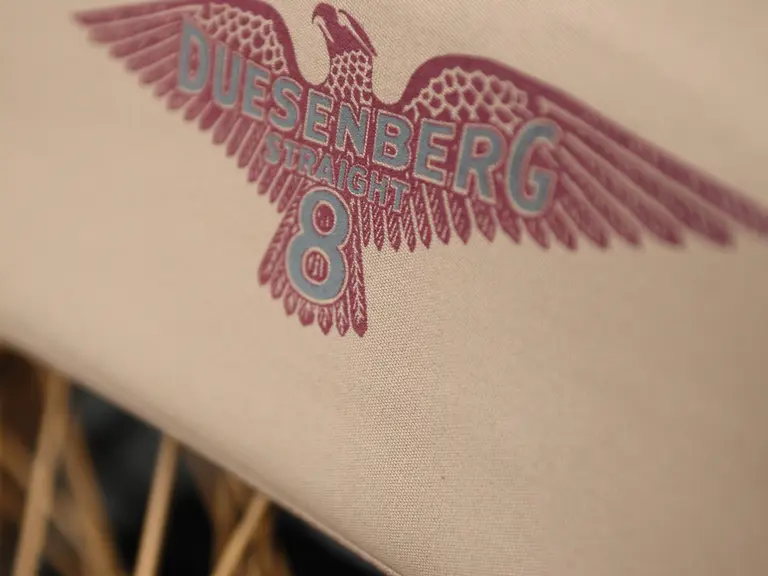
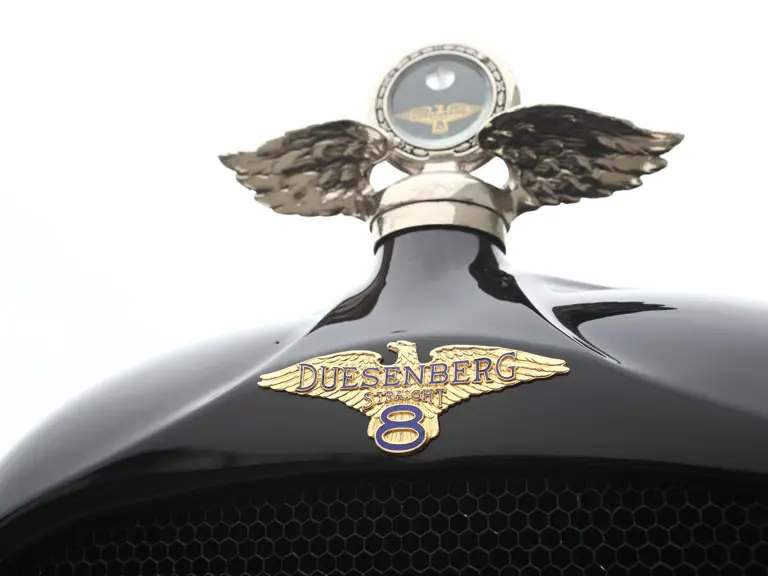

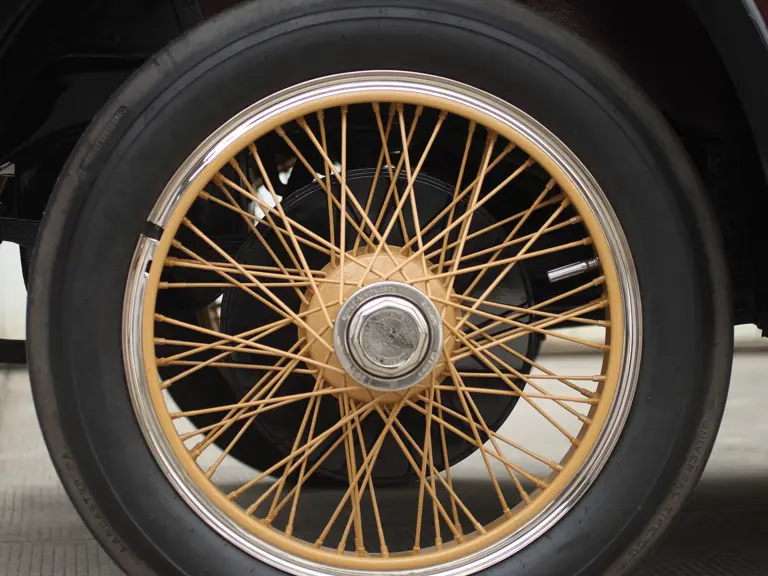

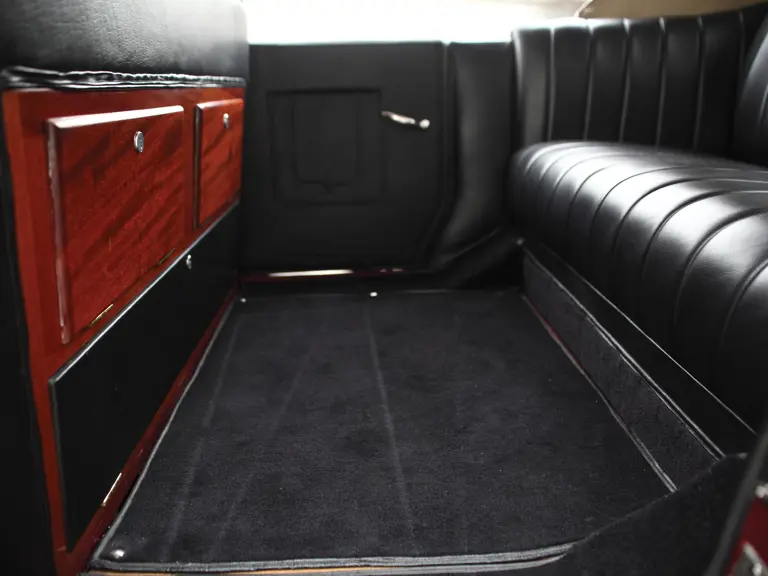
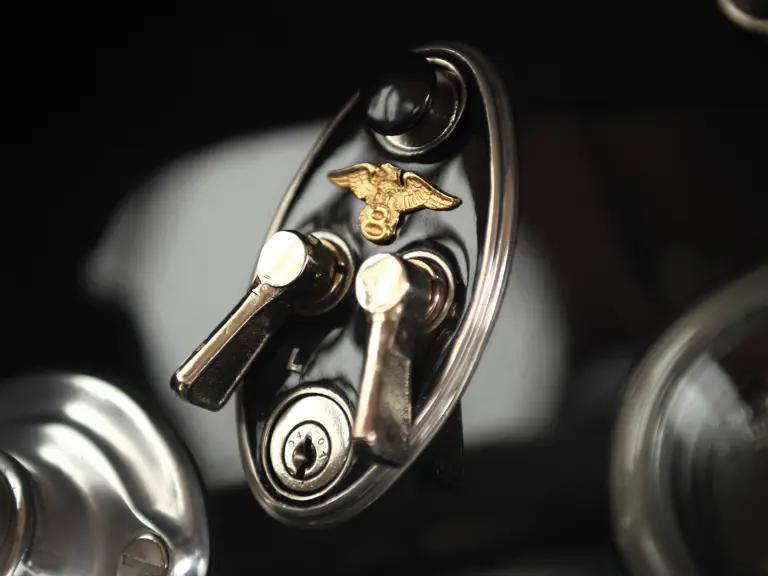
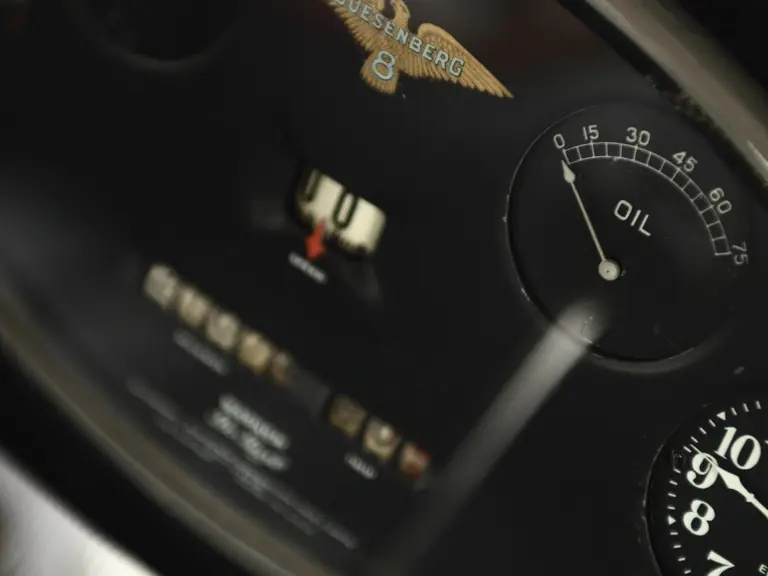

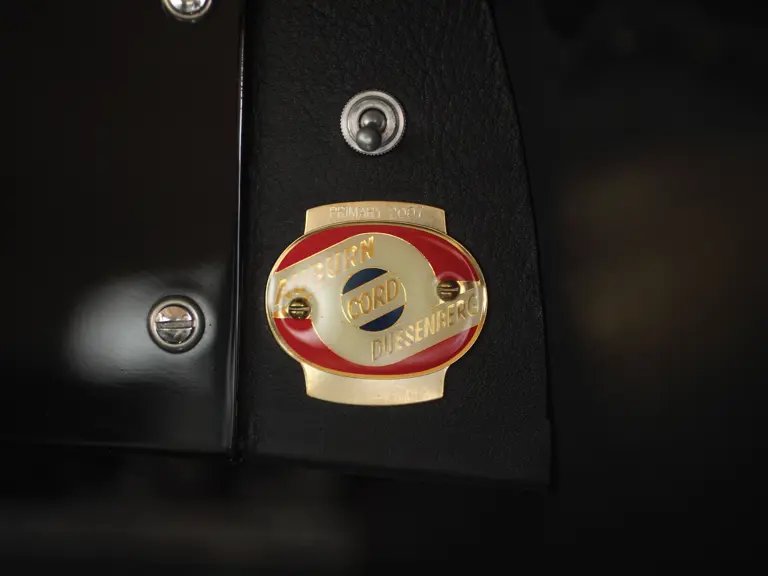
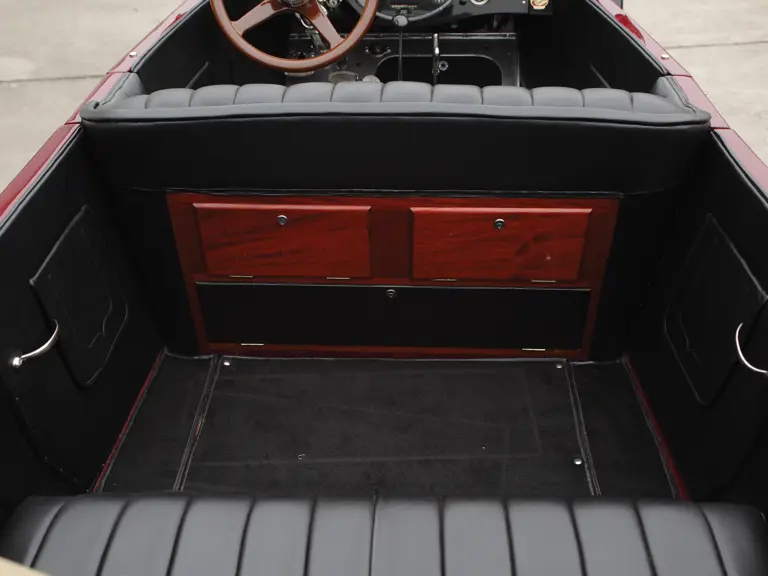
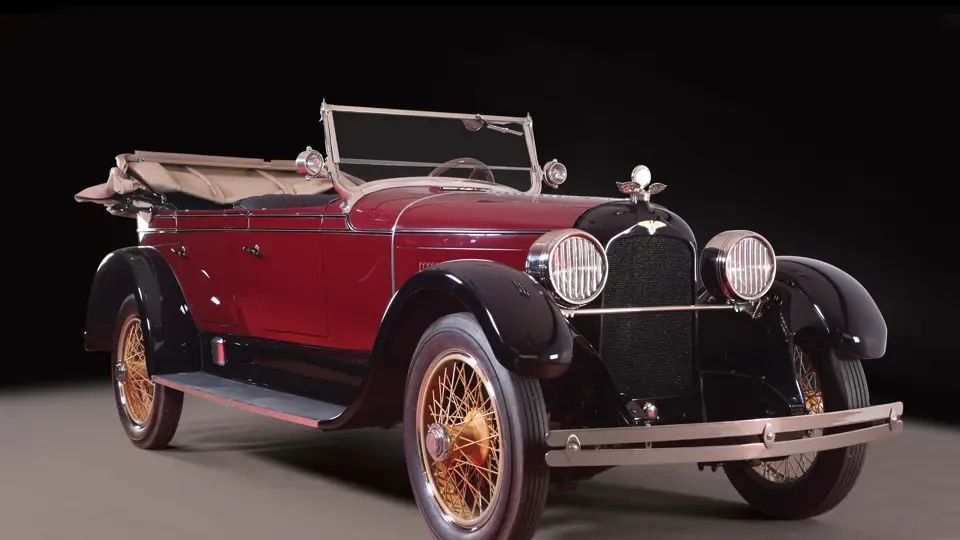
 | Plymouth, Michigan
| Plymouth, Michigan
